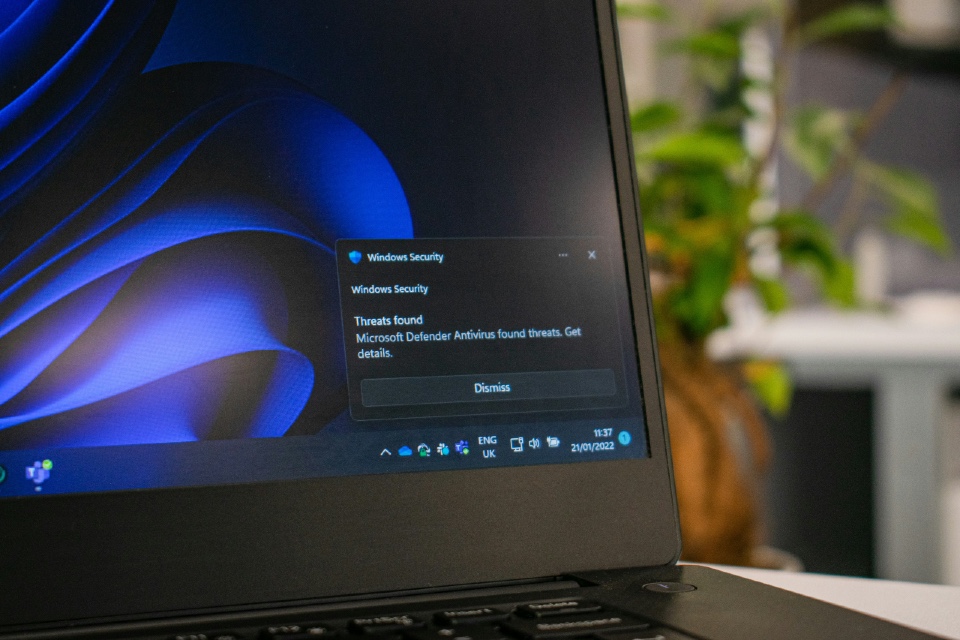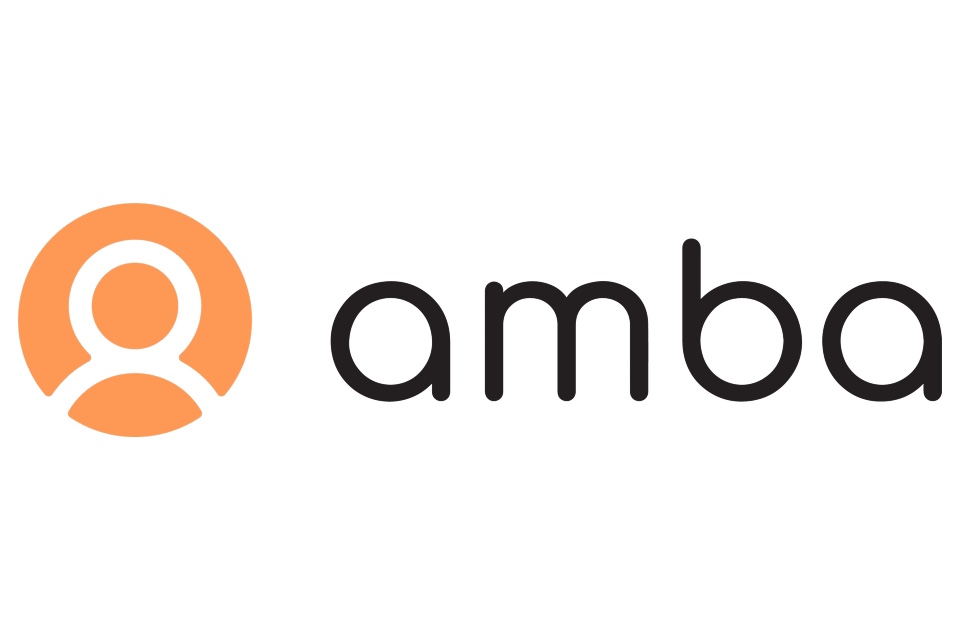Recruitment and retention continue to be some of the most pressing challenges in the UK’s care sector. Persistent staffing shortages, rising agency costs, and increasing regulatory pressure have left many providers searching for smarter, more sustainable ways to manage their workforce. Now, a growing number of care home operators are turning to digital workforce management (WFM) software to streamline operations, improve visibility, and enhance employee engagement, moving beyond basic scheduling to create a more connected and empowered care workforce…
Smarter Scheduling for Better Care
At the heart of modern WFM platforms lies intelligent e-rostering, which replaces the manual spreadsheets still common across parts of the sector. These systems automatically allocate shifts based on staff availability, qualifications, and compliance requirements, ensuring every shift meets regulatory ratios and skill mix standards.
By integrating live absence tracking, sickness alerts, and shift-swapping features, care homes can maintain safe staffing levels while reducing the administrative burden on managers. This also ensures that time spent managing rotas is redirected toward improving care quality and staff wellbeing.
Reducing Agency Dependence
Agency reliance has long been a financial and operational strain for care providers. Workforce software helps mitigate this by giving managers real-time visibility of capacity across multiple sites. With accurate data on staff availability, skill gaps, and overtime preferences, care homes can prioritise internal redeployment before resorting to external agency support.
Over time, this data-driven approach not only reduces costs but also strengthens continuity of care, as residents benefit from familiar, consistent carers rather than a revolving roster of temporary staff.
Integrating HR, Payroll and Performance
Modern WFM tools also integrate with HR, payroll, and learning management systems, creating a unified view of the employee lifecycle. Staff can access payslips, update availability, request leave, and even complete training modules through a single digital interface.
Meanwhile, managers gain valuable insights into patterns of absenteeism, turnover, and engagement, enabling proactive interventions to improve morale and retention. Some systems even use predictive analytics to flag employees at risk of leaving, allowing early conversations and support.
Empowerment Through Transparency
Beyond efficiency, digital workforce management represents a cultural shift. By giving staff visibility and control over their schedules, care homes foster a sense of autonomy and fairness, which is vital for long-term retention.
In an environment where both care standards and workforce wellbeing are under scrutiny, technology is providing a path forward, one where smart rostering and human connection work hand in hand.
In 2026, care homes that harness workforce management software won’t just fill shifts: they’ll build stronger, more sustainable teams.
Are you searching for Software solutions for your organisation? The Care Forum can help!
Photo by Centre for Ageing Better on Unsplash






